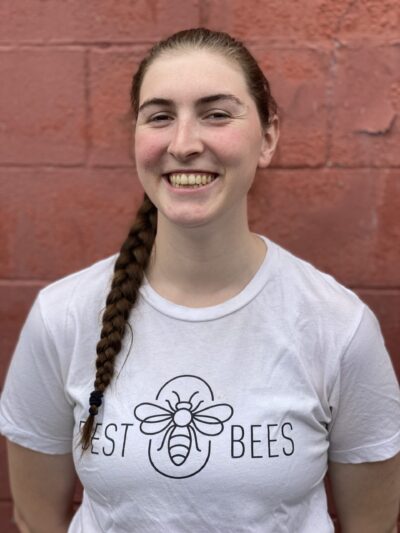Graft 2 is officially underway. Today, we introduced 30 larvae into queen cups—a slight increase from the previous round as we scale our operations alongside the growth of our mating yard.
Both the cell raiser and mother colony were in excellent condition, with strong populations and ample resources. We marked the mother queen with a purple dot to distinguish her for future data tracking and ensure her lineage is documented in our ongoing research.
After grafting, we transported ten queenless splits and our Graft 1 queen cells to the mating yard, along with supplemental feed. The yard is set up with six-frame wooden nucs, each painted with distinct shapes and colors. This design supports queen orientation—studies have shown bees can differentiate between patterns and colors, helping them return to the correct hive after mating flights.
Upon arrival, we encountered an unexpected visitor—a coyote near the apiary. While startling, these animals typically avoid interacting with the colonies. Once the site was clear, we set up the nucs, distributed the Graft 1 cells, and provided liquid feed. If all goes well, we’ll begin to see new mated queens emerging within the next 10 days. Once laying is confirmed, we’ll allow each queen time to establish her QMP (Queen Mandibular Pheromone) and stabilize her colony.G



